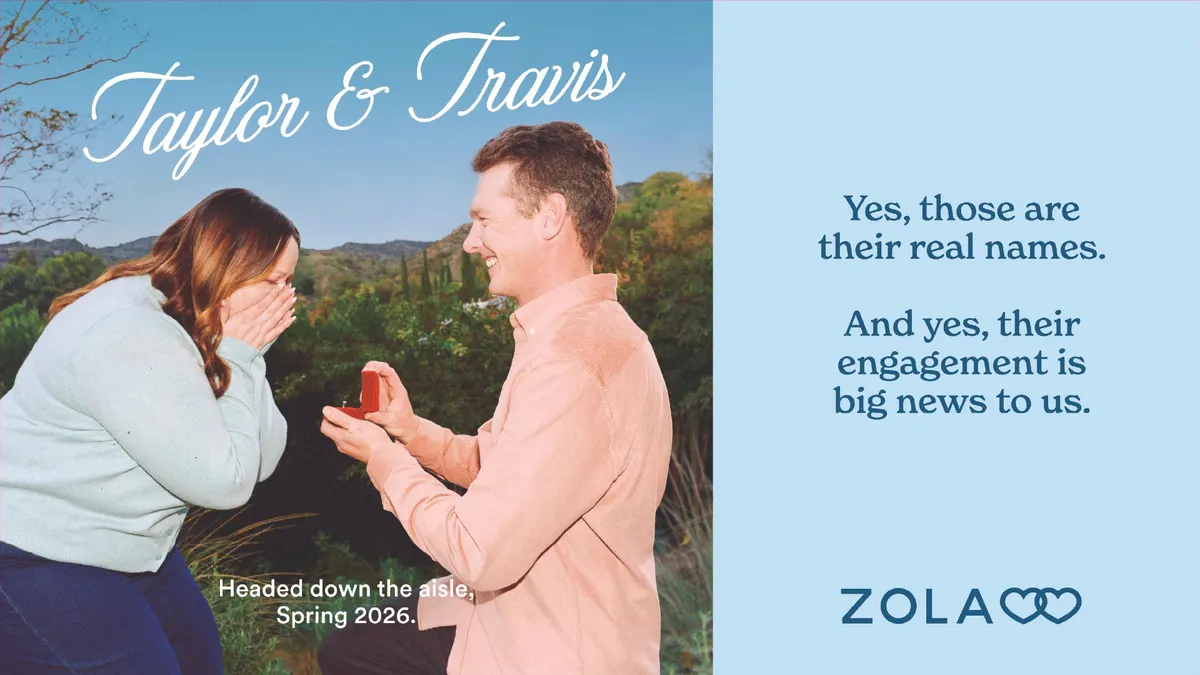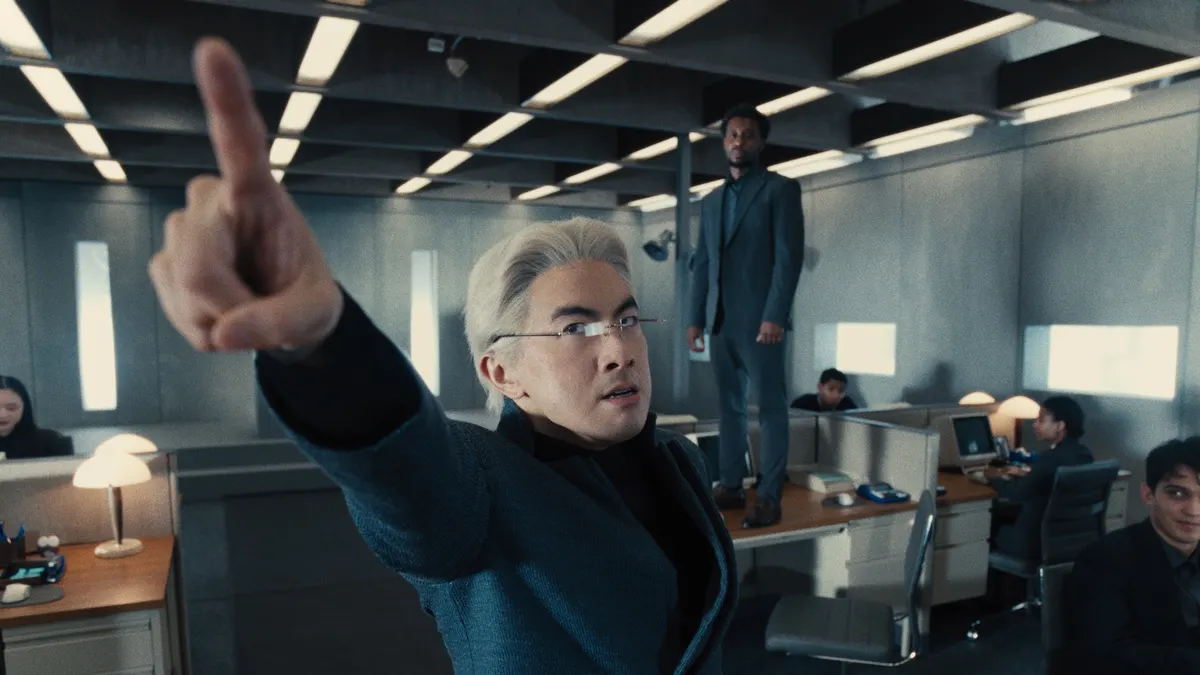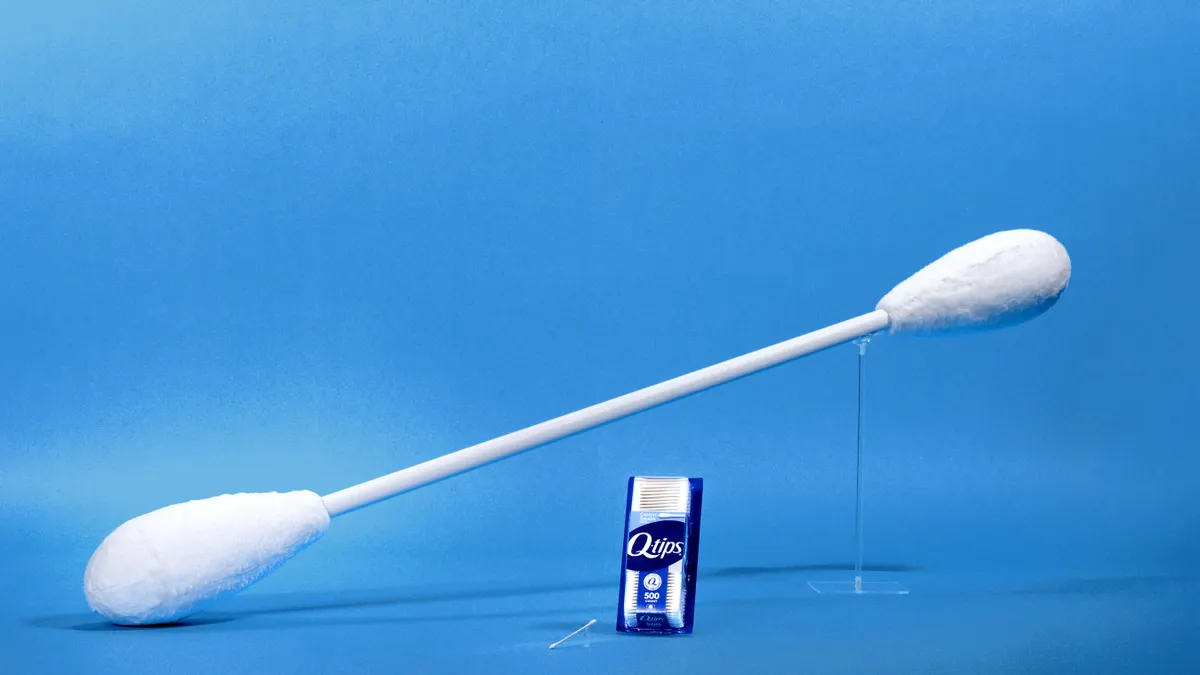NEW YORK — Beer consumption continues to slide in the U.S., posing a daunting, even existential, question for large brewers like Anheuser-Busch InBev: How does a company reignite interest in power brands consumers are well aware of, such as Budweiser and Bud Light, but simply buy less frequently?
The solution, according to marketers speaking at the Advertising Week conference Monday, lies in devising a strategy that's more focused on culturally-led experiences — in sports arenas, music venues and elsewhere — that create the types of lasting impressions that traditional sponsorships and advertising can't in the digital age.
"Today, I think about Bud Light, Budweiser — those brands, what they need is no longer visibility," João Chueiri, VP of consumer connections at Anheuser-Busch, said on a panel that also included sports and music giant Anschutz Entertainment Group, which is a longtime partner of the brewer.
"What they need actually is to be relevant with consumers," Chueiri said. "Those are huge legacy brands, everybody knows [them]. What those brands lack today is a true emotional connection with people."
When it comes to reforging connections, Chueiri pointed to the resonance of curated, localized experiential promotions, including Bud Light's recent deployment of 10 refrigerators around Cleveland, Ohio. The devices, powered by the company's Bud-E Fridge smart technology, were set up in bars across the city and in the Brown's FirstEnergy Stadium, and would automatically unlock to provide free beer if the professional football team won a regular-season game. The Browns, which infamously had a winless season last year, broke their losing streak in September, putting Bud Light at the center of a euphoric moment for fans.
"It was a simple idea … and again, all connected to culture," Chueiri said. "We had Super Bowl-level conversation ... when you talk about a new sponsorship model, those are the things that matter. It's not another Bud Light sign on the venue."
Unlocking new concepts
Just as AB InBev's creative strategy is evolving, the ideas behind these campaigns are being drawn from more diverse sources. The company is, for example, relying more on a recently established social listening "newsroom" to tap into culture. A closer ear to the ground online has ultimately allowed AB InBev to attach its name to some remarkable moments in recent memory without dumping an exorbitant amount of ad dollars.
When the Philadelphia Eagles offensive tackle Lane Johnson told reporters early last NFL season that he would be "giving out beer to everybody" in the city if the team won the Super Bowl, Bud Light was quick to respond that it could help out with that task through a post on Twitter.
.@LaneJohnson65 Let's make a bet. Win it all and the party is on us. Deal? https://t.co/syd5WHfsvo
— Bud Light (@budlight) August 2, 2017
Excitement — and accountability — for providing city-wide free brews snowballed as the Eagles continued to perform in 2017, and Bud Light saw an opportunity to tie the buzz into existing creative efforts. The brand's "Dilly Dilly" campaign had been a viral sensation for months, and Eagles fans and even some players were more often reappropriating the nonsense phrase as "Philly Philly" to support their team. When the Eagles ultimately won the championship in February, it led to an official "Philly, Philly" day with a parade celebrating the victory — an event Bud Light was integral to, all thanks to a single tweet sent at the right moment in time.
"It was the most successful marketing campaign we've ever done," Chueiri said, noting volumes grew 30% in Philadelphia alone.
And while the executive said that data insights and social listening are crucial to informing experiences like the "Philly Philly" push, he also cautioned that brands must be agile and organic in responding to these types of consumer conversations.
"[The campaign was] not created nine months before. We didn't know it was going to happen," Chueiri said. "But you have to have the flexibility today to tackle those things."
Thinking beyond the stadium
Despite some standout successes, not all of AB InBev's recent investments in sports marketing have paid off. An extensive campaign around the 2018 FIFA World Cup weighed heavily on Q2 performance and pressured the brewing giant to streamline its global management structure, including by replacing former CMO Miguel Patricio. A rejiggering of AB InBev's strategy has been spurred by factors outside of internal performance as well, including the audience declines impacting major sports leagues.
"Live attendance is going down, viewership is going down, which is crazy because people are spending more time on experiences rather than anything else," Chueiri said. "But the sports world is not capturing that growth as [much] as it could have."
However, one of the benefits of ramping up an experiential marketing focus now is that the tactic's popularity is being felt across categories, including more nascent venues for marketers such as professional video gaming, also known as e-sports. Chueiri noted the most-watched sporting event of 2018 so far was a "League of Legends" tournament, which attracted an estimated 127 million viewers (though a considerable portion of that audience was in Asia).
"People are spending time on e-sports, on fashion shows, music or [it] could be with art festivals, culinary festivals and so on,"Chueiri said. "For us, it's very important that we start understanding those trends and start also to build a more balanced portfolio of assets."
On the other hand, the failure to push toward these newer audience frontiers, and to do so with experiences in mind, could stymie AB InBev's brand growth for the future.
"Fifty years from now, people will remember experiences more than ads," Chueiri said. "If we understand that and are able to crack that code, that's what we have to do today."





















